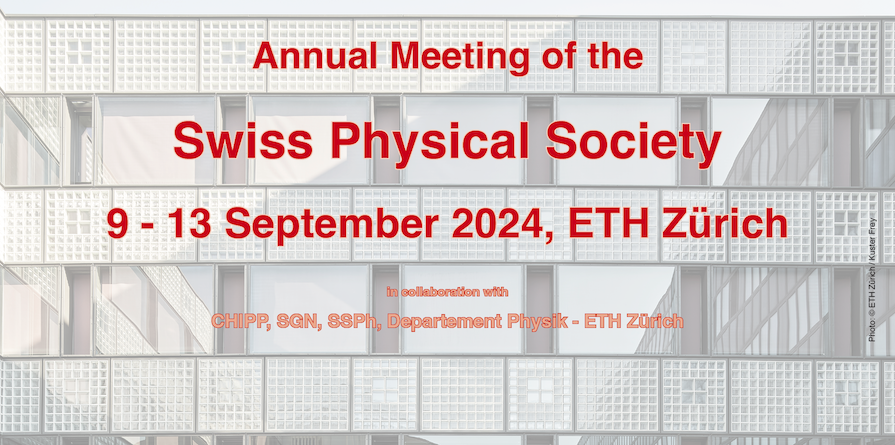Speaker
Description
The Laser Interferometer Space Antenna (LISA) is an upcoming space-based observatory designed to detect gravitational waves (GWs) in the millihertz frequency range, expecting to observe 1-20 massive black hole binaries (MBHBs) annually. Precise estimation of both the merger time and sky location of MBHBs is critical for capturing the electromagnetic signals enabling multi-messenger astronomy. LISA receives low-latency data within an 8-hour daily communication window; therefore, accurate merger time predictions are vital to schedule additional low-latency periods beyond this window to improve the accuracy of sky location estimates close to the merger. In this study, we demonstrate the application of neural posterior estimation for making predictions of merger times.
